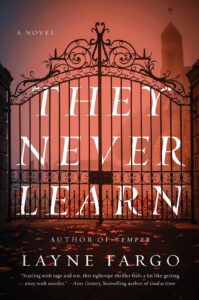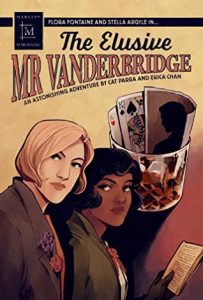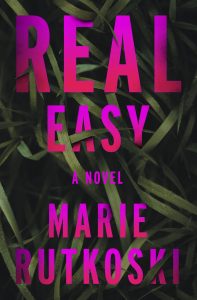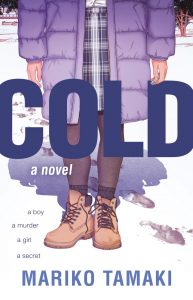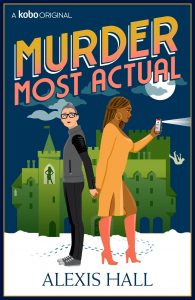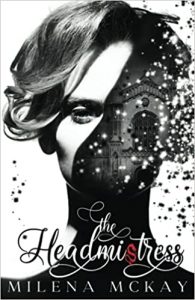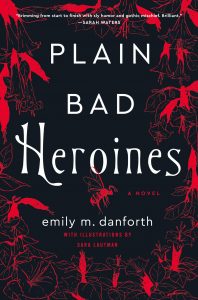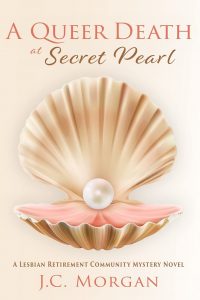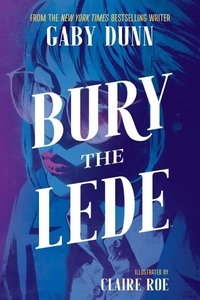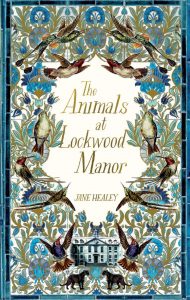Amazon Affiliate Link | Bookshop.org Affiliate Link
Carly Schiller is finally away from her abusive family, but her freshman year at Gorman isn’t going that well either. She befriends and starts to fall for her roommate Allison Hadley and becomes close with Allison’s childhood friend Wes. But when Allison is sexually assaulted at a party and Carly insists on bringing her friend to the hospital and then taking the issue to the school, a rift begins to tear them apart. No one is treating Allison’s situation as she thinks they should, and as tensions rise, it all ends in tragedy.
Scarlett Clark is an English professor at Gorman with an unexpected pastime — murder. Scarlett finds wrongdoers, rapists and all-around creeps to target and bring to justice the way the justice system should have but failed to do. But her most recent kill brings the authorities too close, and she’s found out by her colleague, Dr. Mina Pierce, her victim’s ex-wife. It doesn’t help that there’s a palpable connection between her and Mina.
Almost all the men throughout the book represent the worst of toxic masculinity and the patriarchy, so it’s easy to sympathize with Carly and Scarlett as they begin to lose control. The blatant perpetuation of rape culture from authority figures who should be protecting them is infuriating. Wes turns out to be a Nice Guy™, showcasing one of the more sinister types of male entitlement. He believes because he offers Allison and Carly friendship that they owe him a sexual and/or romantic relationship.
As stated before, almost all the men are the worst. The only men in the entire story who are decent are Scarlett’s gay, married colleagues. This is perhaps the most problematic aspect of the book, as the only good men are gay is a tired and stereotypical trope.
The way I pitch this book is as the meme, “I support women’s rights, but I also support women’s wrongs.” Even though Carly and Scarlett turn to violence to exact justice, it’s a visceral satisfaction that’s easy to fall into. (spoilers, highlight to read) And while you’re waiting for it all to come crashing down, the unexpected happens: a happy ending. (end of spoilers)
Fargo’s writing is fast-paced and propels the story at a compelling pace. It’s hard to put the book down as you flip back and forth between Carly’s and Scarlett’s stories to see how they converge.
Trigger warnings: rape, sexual assault

